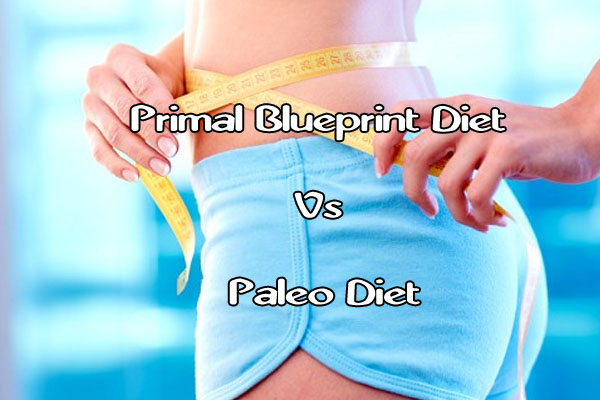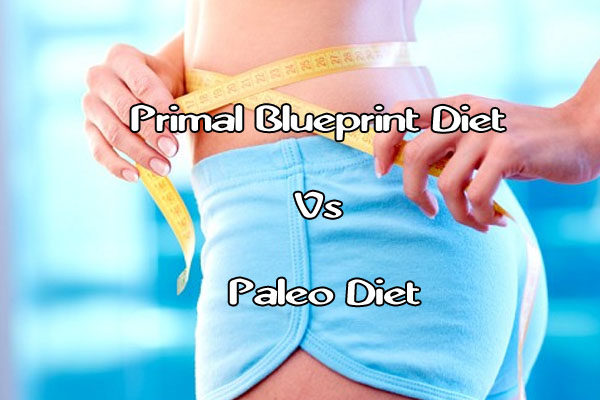
Primal Blueprint Diet VS Paleo Diet
The primal blueprint diet isn’t very different from the paleo diet. Both are focused on encouraging people to consume only those foods that cavemen ate. Paleolithic foods are all-natural and don’t include any artificial flavorings or preservatives. For this reason, they provide the dieter with all the nutrients necessary to lead an energetic lifestyle without the burden of non-natural substances that derive from modern food processing methods.
The primal and paleo diets are both called caveman diets, but they differ from each other in one particular detail. The primal blueprint diet includes dairy products, which are omitted in the paleo diet. Originating from the book of Mark Sisson, whose philosophy is to follow a dietary plan based on evolutionary science, the primal blueprint diet follows his observations and food culture theories.
As explained his writings, he believes that it’s important for us to eat, live, and move according to the way we are ‘‘designed’’ and not according to the artificial, or unnatural, developments in food processing that took place in the last 100 years. Reading more about how this simple change in your food habits could improve your health significantly is recommended.
The paleo diet, on the other hand, doesn’t allow the consumption of dairy products because of their content, which is high in saturated fats. Saturated fats increase one’s body weight by increasing the amount of fat settling on the liver. This fat settlement slows down the metabolism of the digestive system and may cause digestive troubles such as diarrhea, diabetes, and more. To prevent these disorders, dairy products rich in cholesterol and saturated fats are avoided.
In addition, since most dairy products are preserved or processed, they are restricted on the basis of containing artificial substances suspicious for causing many modern day diseases. This way, the paleo diet helps us avoid heart disorders. It is believed that any cardiovascular problem can be improved by following this diet.
The primal blueprint diet likewise includes all the food products that are allowed in the paleo diet, namely all animal meat, vegetables, nuts, seeds, and green leafy vegetables. These are rich in protein, low-glycemic carbohydrates, and have a good amount of monounsaturated fats. These nutrients are essential for reducing body weight and acquiring a fit and lean physique. You may follow the paleo or the primal diet and gradually focus on heavy and intense workouts, as your body can provide sufficient energy to undertake them without having to struggle.
The primal blueprint diet includes milk and all dairy products as it suggests there’s a need for a certain amount of fat to support the function of our inner organs. The paleo diet, on the other hand, doesn’t subscribe to this concept. This factor makes the paleo diet perhaps not very suitable for cross-training and other, heavy types of workouts designed to reduce weight. We advise you to seek the opinion of your doctor or dietitian before following a diet for weight loss. They will know whether your specific body condition will benefit or be able to cope with this diet.
Just as these diets have their share of followers, there are likewise many people who are against both these Paleolithic diets. They consider them harmful and suggest they shouldn’t be followed by anyone. However, most results prove the efficiency of the paleo diets – and, of course, no diet ever works in the same way for everyone. The results may vary a lot depending on each individual’s particular health and body state.
In conclusion, there are both pros and cons for these diets, but definitive evidence hasn’t yet been provided by any health community. For this reason, a diet may be considered favorable only if it supports your body’s condition. The general rule of thumb is: continue with a specific diet if it provides you with only positive results; otherwise, switch to another.



0 comments on “Primal Blueprint Diet VS Paleo Diet”